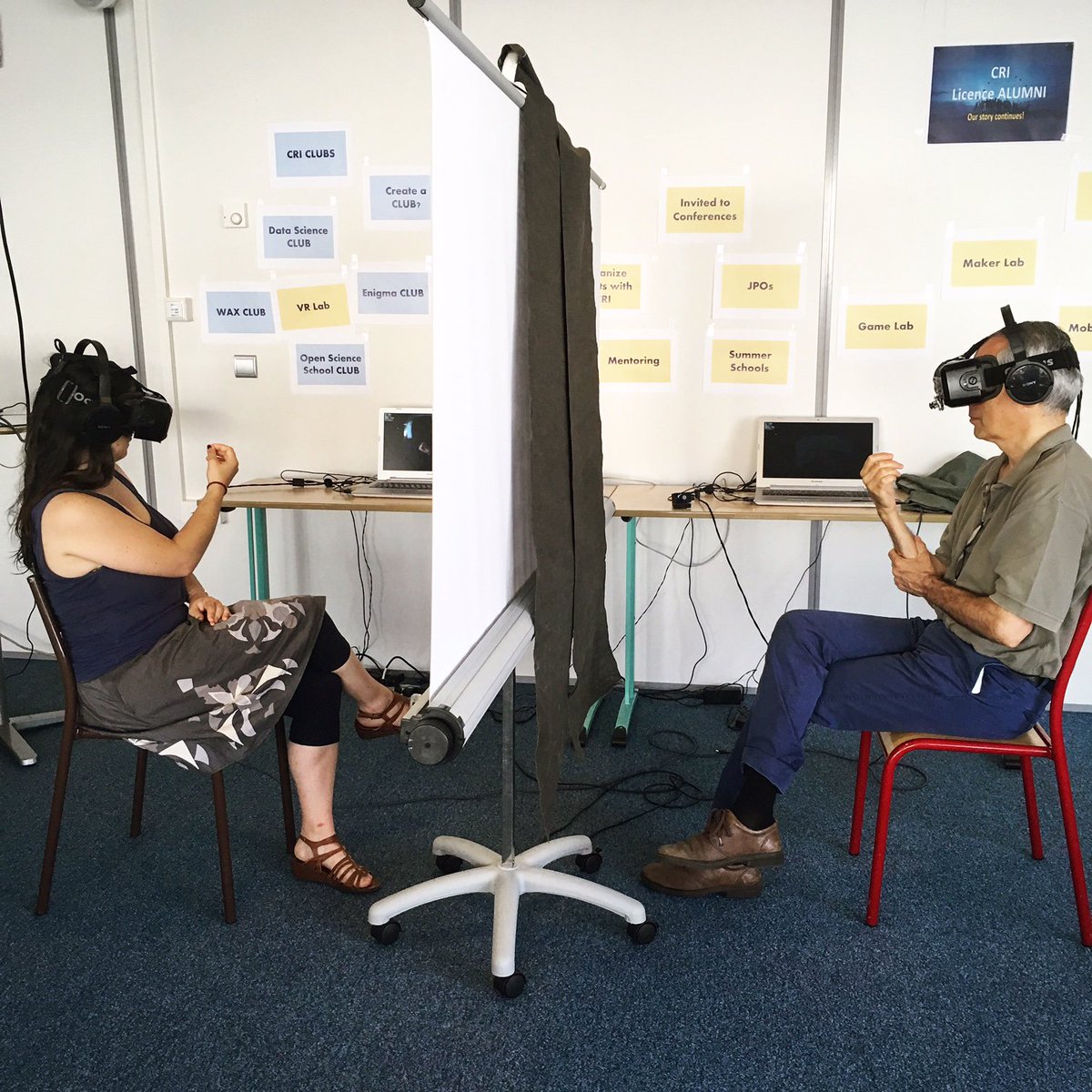


"Who might choose to have it, and how might they have it?" the artist writes on her site. While the video Sputniko! made shows a transvestite boy using the device to try to dress as a woman in a more biological manner, the work evokes a future when menstruation is elective when technology has made what was once inevitable optional. Japan-based artist Sputniko! did something similar with her "Menstruation Machine", which is pretty much what it sounds like: an aluminium device the user straps to their body which simulates period pains using electrodes on the abdomen and also dispenses "blood" over five days. One told the news agency, "It felt like my heart and lungs were being ripped apart." Reuters reported that many participants ended up writhing in agony and some asked for it to stop after a few minutes (the whole "taster" only lasted five minutes). Many of the volunteer participants were male partners of pregnant women they had a device that gave electric shocks placed on their abdomen, which a nurse would slowly dial up in intensity to mimic contractions. Moving forward, he wants to investigate if it’s possible to get rid of even the virtual hands and feet in this study and see what it means, he said, to be totally “free from the current body.According to news reports at the end of last year, a system that emulates the pain of labour was introduced in a hospital in the Shandong province of China. Kitazaki replied that the exact difference between out-of-body experiences and illusory body ownership is an open question, but agreed that future research should include such measurements.
#VR BODY SWAP SKIN#
Rather than an example of illusory body ownership, she said, the drifting effect may be more related to out-of-body experiences, in which people simply feel their bodies “displaced in space.” She added that the researchers might have found effects from the threats had they measured physiological responses, like changes in skin conductance or brain activity.ĭr. Consistently, the participants overshot their starting point, suggesting that their sense of body had drifted or “ projected” forward, toward the transparent avatar.Īntonella Maselli, a researcher at the Santa Lucia Foundation, a neurological rehabilitation hospital in Italy, noted that the subjects in the study did not show significant conscious responses to seeing their invisible avatars being cut by a knife or colliding with a table. The researchers then pulled them a random distance back and asked them to return to their original position, still virtually blindfolded. In another experiment, the scientists induced illusory ownership of an invisible body, then blacked out the headset display, effectively blindfolding the subjects. The “improbability of synchrony occurring by chance” overrides all other information, he said, even knowledge that an invisible body cannot be yours. Ramachandran, a professor at the University of California, San Diego and rubber-hand illusion pioneer who did not participate in the new study. This demonstrates the power of synchronized actions and our brain’s ability to fill in missing information, said V.S. Some researchers have suggested that having users digitally swap bodies with people of other races, genders, ages or abilities could reduce implicit bias, though this work has its limits.Īnd taking ownership of an invisible body in cyberspace or otherwise could also have positive applications, like reducing social anxiety, Dr. Today, technologists working on virtual reality are using modern-day riffs on the rubber-hand illusion to understand how users will adjust when presented with digital bodies that do not match their own. In the 1990s, researchers found that if they hid a person’s actual hand behind a partition, placed a rubber hand in view next to it and repeatedly tapped and stroked the real and fake hand in synchrony, the subject would soon eerily start to feel sensation in the rubber hand. The original body ownership trick was the rubber-hand illusion. Their work fits into a corpus of research on illusory body ownership, which has challenged understandings of perception and contributed to therapies like treating pain for amputees who experience phantom limb. In a paper published Tuesday in Scientific Reports, they showed that animating virtual hands and feet alone is enough to make people feel their sense of body drift toward an invisible avatar.


 0 kommentar(er)
0 kommentar(er)
